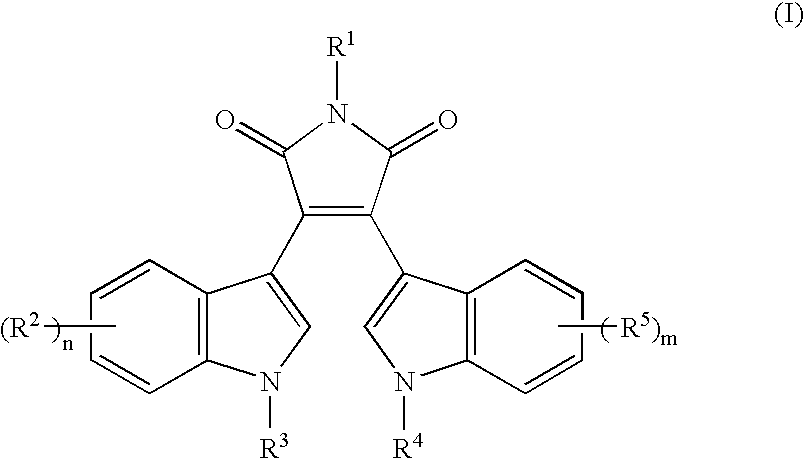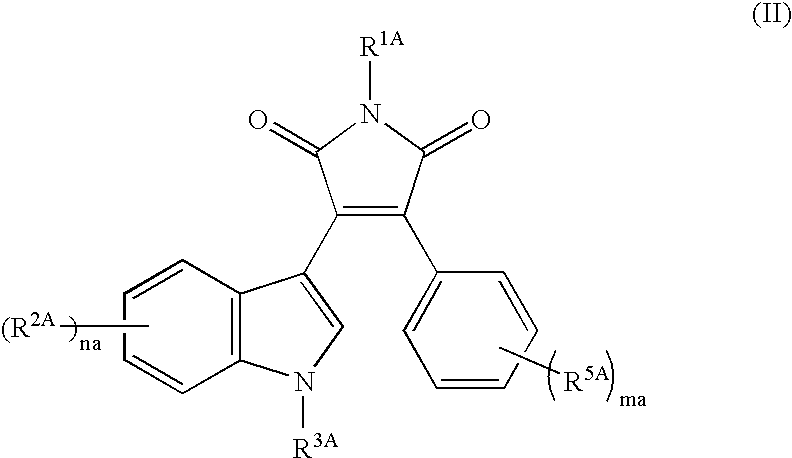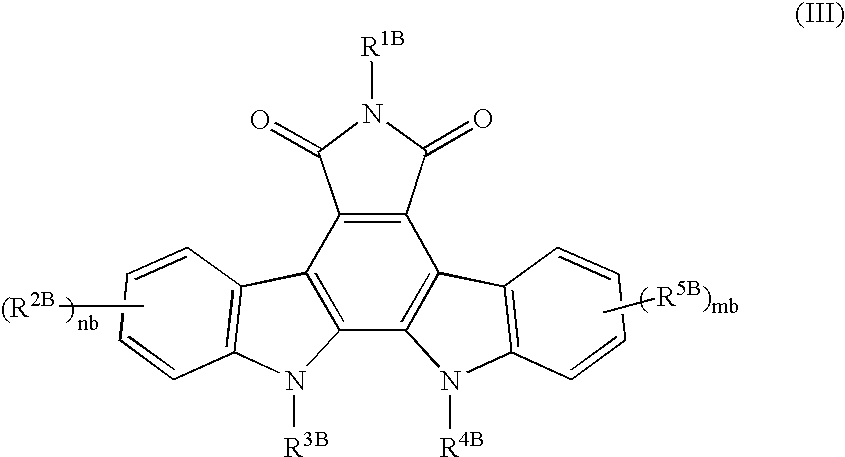Drug for nerve regeneration
a nerve regeneration and nerve technology, applied in the direction of biocide, drug composition, cardiovascular disorder, etc., can solve the problems of not being applied for general utilization, affecting the general utilization rate of the drug, and limited symptoms of the therapy
- Summary
- Abstract
- Description
- Claims
- Application Information
AI Technical Summary
Benefits of technology
Problems solved by technology
Method used
Image
Examples
experimental example 2
Promotion of Neuropoiesis by Lithium Chloride (2)
[0131] In order to elucidate if the neuropoiesis promoting action on the ANSC-7 cell results from the induction of differentiation of BDNF and Bcl-2, whether the expression of BDNF and Bcl-2 is promoted by lithium or not was analyzed with semiquantitative RT-PCR.
[0132] The ANSC-7 cells were plated in 7 wells in total of a 6-well culture dish which had been coated with polyornithine and laminin and had been filled with a DMEM / F12 medium containing 2 ml of a 1% N2 supplement and 20 ng / ml FGF-2 to give 4.5×105 cells per well, and incubated overnight. Total RNA was obtained from cells in one well using RNeasy mini kit (manufactured by QIAGEN), according to the accompanying protocol. Entire culture medium in the remaining 6 wells was changed into the differentiation inducing medium to induce the differentiation. To two wells among those was added 3 mol / l of lithium chloride in 1 / 1000 volume of the medium, and to other two wells was added...
experimental example 3
Promotion of Neuropoiesis by Lithium Chloride (3)
[0139] In order to elucidate if the neuropoiesis promoting action by lithium chloride results from the increase in newly generated cells due to suppression of apoptosis, or from the active induction of differentiation of a neuron, the effect of apoptosis suppression against ANSC-7 cells by lithium was analyzed.
[0140] According to the method described in the above section 7, lithium chloride was added to give the final concentration of 3 mmol / l into the medium containing ANSC-7 cells followed by culture for 6 days. ANSC-7 cells thus cultured after adding lithium chloride, and ANSC-7 cells cultured after adding PBS as a control were allowed to a reaction using an in situ cell death detection kit, fluorescein (manufactured by Roche Diagnostics K.K.) according to the attached protocol. The cells were observed using an inverted fluorescence microscope (manufactured by Nikon Corporation), and the number of apoptotic cell was counted per 2...
experimental example 4
Antagonistic Action for Neuropoiesis Promoting Action of Insulin and Forskolin, and Lithium
[0142] Antagonistic action for neuropoiesis promoting action of insulin and forskolin known as having a neuropoiesis promoting action, and lithium was analyzed.
[0143] According to the method described in the above section 7, insulin was added to give the concentration in the medium of 5 μg / ml or 25 μg / ml into the medium upon the induction of differentiation of the ANSC-7 cells, accompanied by adding lithium chloride to the medium containing each concentration of insulin to give the final concentration of 0, 1 and 3 mmol / l. Then, induction of the differentiation was allowed for 6 days.
[0144] Consequently, rate of increase in neurons caused by 3 mmol / l of lithium chloride was 0.70 time lower in the case of coexistence with 25 μg / ml of insulin compared to the case of coexistence with 5 μg / ml of insulin, exhibiting a significant decrease. Therefore, antagonism of insulin and lithium was reveale...
PUM
 Login to View More
Login to View More Abstract
Description
Claims
Application Information
 Login to View More
Login to View More - R&D
- Intellectual Property
- Life Sciences
- Materials
- Tech Scout
- Unparalleled Data Quality
- Higher Quality Content
- 60% Fewer Hallucinations
Browse by: Latest US Patents, China's latest patents, Technical Efficacy Thesaurus, Application Domain, Technology Topic, Popular Technical Reports.
© 2025 PatSnap. All rights reserved.Legal|Privacy policy|Modern Slavery Act Transparency Statement|Sitemap|About US| Contact US: help@patsnap.com



